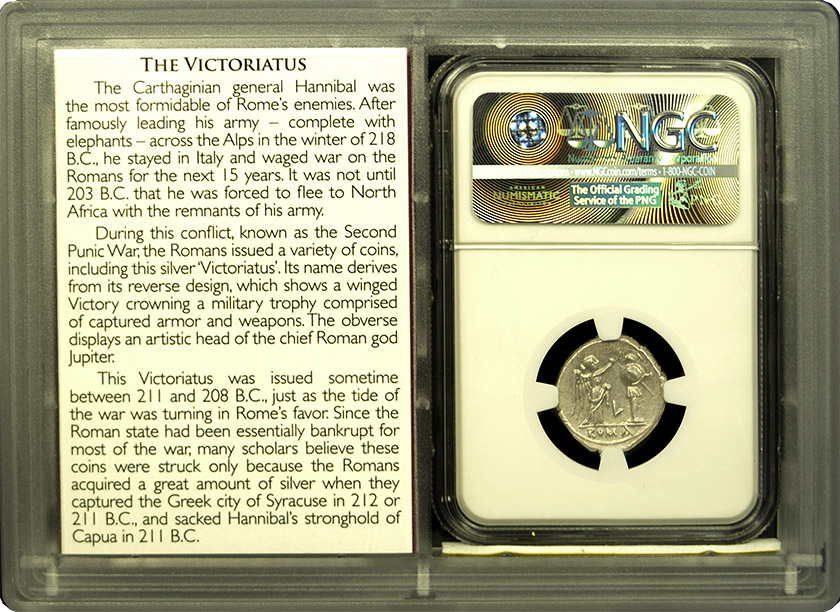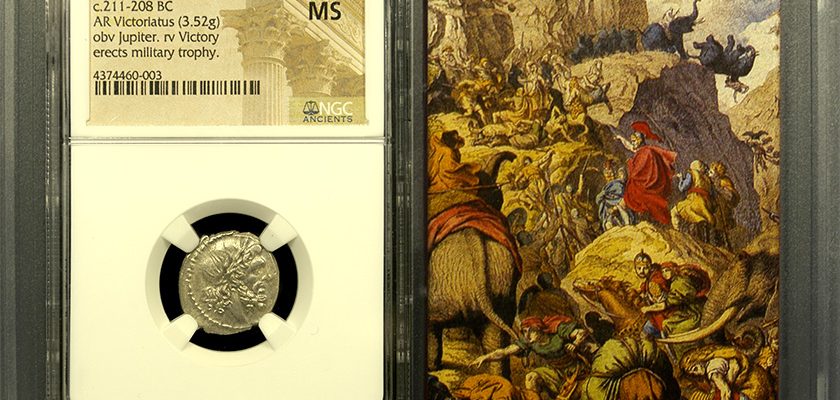A Government Designed for Stability
The Roman Republic was intended to be a long-lasting and stable form of governance. The two consuls, who were elected annually, shared power and could veto each other’s decisions. This kept the government balanced by preventing any one individual from obtaining too much authority. The senate was composed of 300 aristocrats (wealthy, land-owning citizens). Firstly, they advised the consuls and had significant influence over government policy. Secondly, the assembly, which was open to all male citizens, had power to vote on laws and declare war.The Roman Republic was recognised for its check-and-balance mechanism. For example, a magistrate (a government official) could only serve for one year. Additionally, his decisions could be overturned by the people’s assembly. This prohibited any single individual from becoming too influential. It also ensured that the government remained accountable to the people.
The Republic’s Enduring Legacy
Towards the end of the Roman Republic, the image of important political figures began to appear on coins. This was an important symbol of power and influence. As a result, it allowed individuals to cement their place in history and be remembered long after. Julius Caesar was the most famous of these men. He was, in fact, the first individual whose portrait was featured on a coin.Despite its enduring legacy, the Roman Republic was not without its flaws. The system of government was designed to benefit the wealthy patricians. Unfortunately, many of the poorer citizens were excluded from political power. This caused social turmoil and political upheaval, ultimately leading to the Republic’s demise.
The Roman Republic Conclusion
The Roman Republic was an innovative and enduring political system that lasted for over 500 years. It was designed to be stable and enduring, with a complex system of government that included consuls, a senate, and an assembly of the people. While it was not without its flaws, the Republic’s legacy continues to inspire and influence political systems around the world.The image of important political figures on coins towards the end of the Republic serves as a powerful reminder of their influence and power. Most importantly, it showed that individuals can have a say in shaping the course of history.


